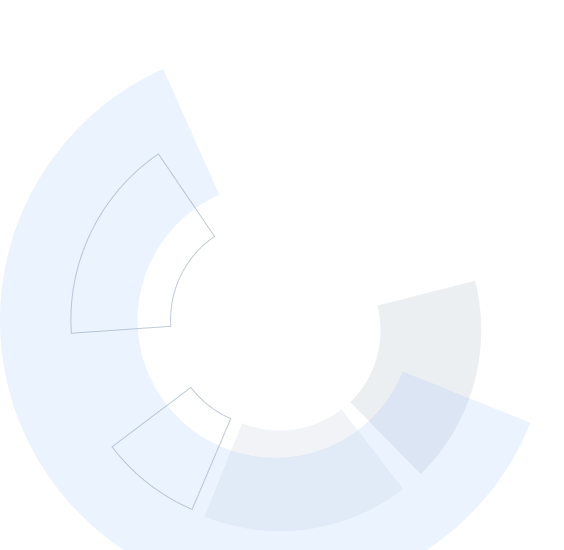Topics covered by this Specialization include basic object-oriented programming, the analysis of asymptotic algorithmic run times, and the implementation of basic data structures including arrays, hash tables, linked lists, trees, heaps and graphs, as well as algorithms for traversals, rebalancing and shortest paths.
This Specialization sequence is designed to help prospective applicants prepare for the flexible and affordable Online Master of Computer Science (MCS) and MCS in Data Science.
Applied Learning Project
Students will solve weekly “challenge problems” by implementing fragments of C++ code in a web-based interface. Each course also features two longer-format coding projects where students will follow instructions to complete a C++ program that performs tasks such as editing images, efficiently manipulating data structures, or solving a graph search problem.
















